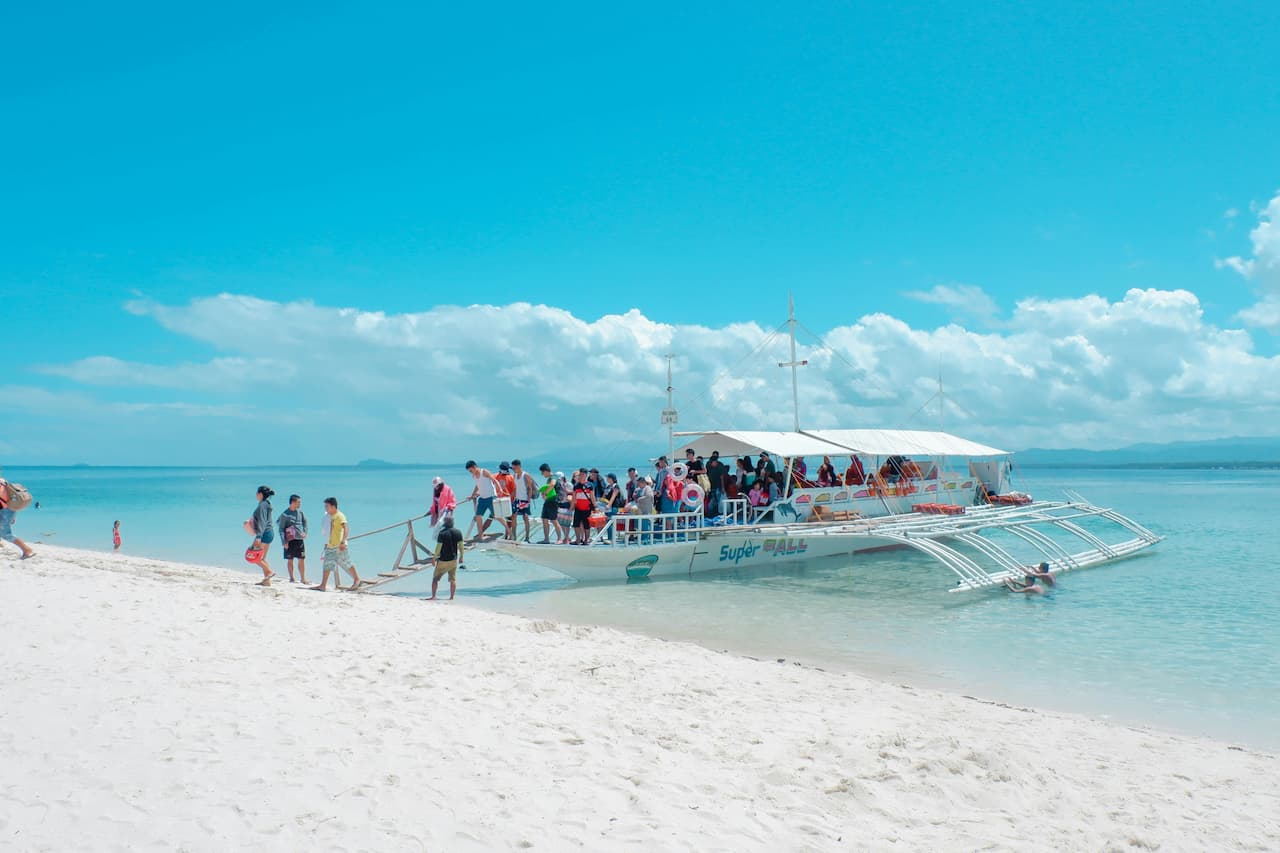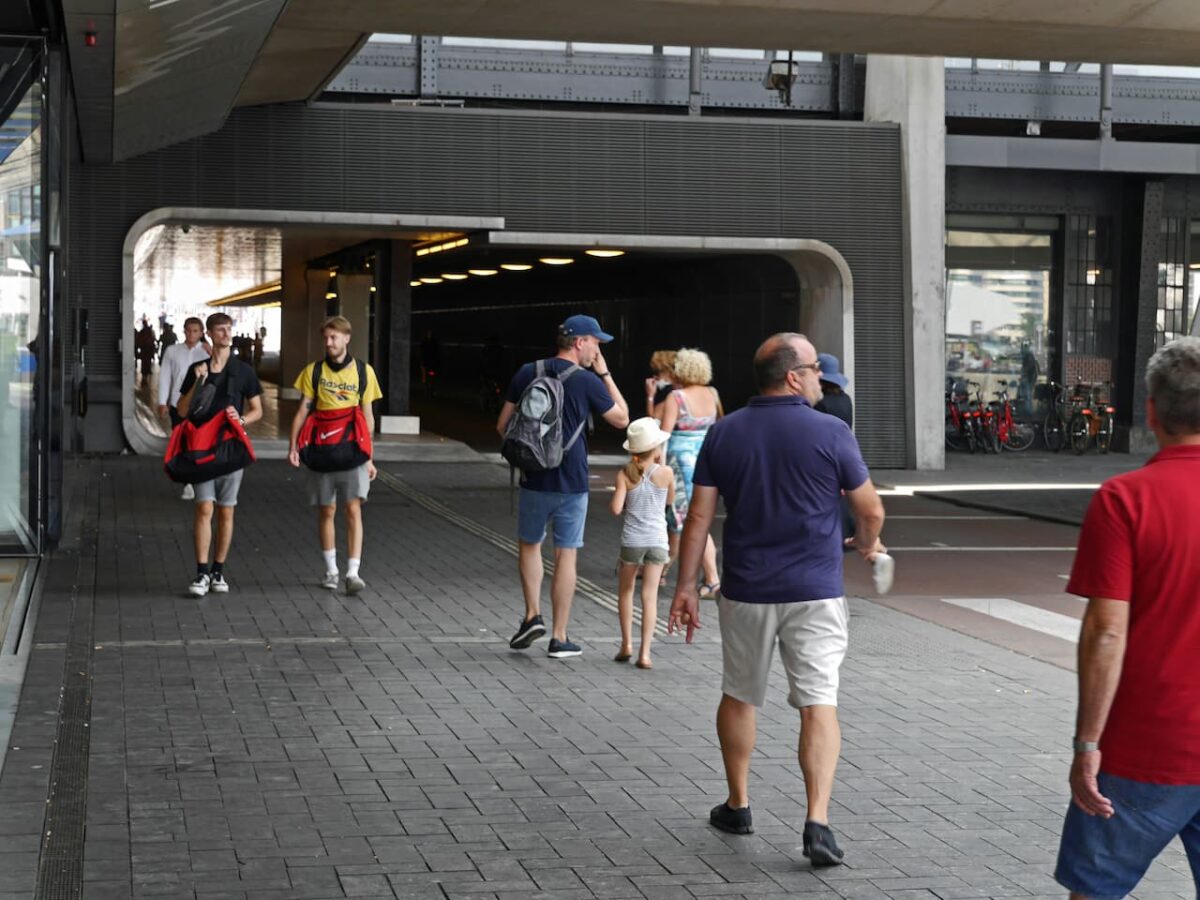New strategies to attract tourists

Investigation As tourism develops, competition between countries and territories to attract travelers is intensifying. Promotion strategies are becoming more sophisticated.
New strategies to attract tourists
Among the French who are planning to go away during the summer holidays, some have already traveled on the glossy paper of catalogues or on their computer screens, choosing their destination. The choice may not have been easy, because there are so many temptations now. “Fifty years ago, there were about fifty competing destinations in the world,” says Guy Raffour of Raffour-Interactif. Today, there are at least 700.”
Lured by the success of tourism, many countries have taken steps to develop their hotel and transport infrastructure. The world of tourism has also expanded thanks to the opening of borders, from Asia to the former Eastern Bloc. “For a promising destination to be successful, it is necessary at some point to offer a significant offer of air travel,” says Didier Arinaud, director of Protourisme, who believes that these two phenomena feed each other. “Airlines, hoteliers and tour operators sense that something is happening somewhere and come to participate in the development.”
How then can you stand out in this competition? According to Guy Raffour, the use of traditional advertising campaigns is declining in favor of more personalized messages, especially in digital media, depending on the type of clientele desired. “If destinations want to attract cultural travelers, they organize festivals or major prestigious exhibitions, for example, so that the media can broadcast them around the world,” he emphasizes. Or even build impressive infrastructure, like Abu Dhabi with its Louvre. ”
Knowing what to offer and to whom
Partnerships with tourist guides to get your destination listed, inviting journalists or tour operators to your site, buying words that will link well in search engines, stands at exhibitions around the world, promotion through cinema (read the opposite), work on social networks… “From now on, promotion must be as detailed as possible,” insists Christian Manthey, president of Atout France, the official tourist agency of France.
“We are not offering France as a whole, but many territories and activities, depending on the clients we want to reach, their nationality, their age or even their socio-economic level,” he explains. From the interest of some Chinese in wine tourism to the passion for the mountains among young Britons, we need to know what to offer and to whom. »
The importance of social media “influencers”
A new category of people has become crucial in this competition in recent years. They are called “influencers”. These travelers create online travel diaries (blogs) filled with photos and videos. Some have tens, even hundreds of thousands of followers, and their opinions have a tangible resonance.
“Starting as amateurs, some of these influencers have become professionals,” says Stanislas Lucien, director of the travel communications agency Travel Insight. This ranges from inviting the destinations they are visiting to paying for web links on a travel blog and contracts to create web content on official destination websites. »
Thomas Daum is a geography professor who co-authored the book “From Dream Travel to Mass Tourism” (1) with Ed Girard. To highlight the crucial role of social media, he likes to refer to the Indonesian village of Kampung Pelangi, located in the center of Java. “His pictures of houses painted in rainbow colors went around the world on the social network Instagram. It snowballed, giving the idea to some of the population and the surrounding villages to paint more and more houses and thus attract more and more tourists,” he says.
500 residents and 1.2 million tourists
Another example: Vik in Iceland. “It has only 500 residents, and now it is visited by 1.2 million tourists every year, attracted by the views of the rocks and nature, reminiscent of a fantastic Iceland,” says Thomas Daum. And yet the residents did not ask for anything. “
Sometimes the spark that ignites the passion of travelers seems anecdotal. “In the late 1990s and early 2000s, North American actors fell in love with the province of Guanacaste in northwestern Costa Rica and built their homes there,” says Rafael Matos-Wasem, geographer and professor of tourism at the HES-SO Valais Graduate School of Management in Sierra (Switzerland). Magazines and social media reported on the news, attracting the attention of tour operators and airlines. »
Since then, the province has seen a surge in tourism. “About three years ago, you had to pay 1,500 euros to fly from Europe to San Jose with a stopover,” insists the Swiss researcher. Today, there are direct flights from Zurich for almost half the price. »

The destination could disappear
The tourist destination could also simply disappear. “Who remembers the tourist success of Fino in the 19th century, which was often visited by Queen Victoria and which was an obligatory stop for the Swiss on their way to the French Alps?” notes Rafael Matos-Wasem. The construction of the railway from Martigny to Chamonix put an end to its glory. “
According to the latter, researchers believe that there is a life cycle of destinations. “They are born, sometimes by chance, thanks to the avant-garde of travelers or thanks to a local strategy, develop, then, one day, decline and disappear into oblivion. “
1.4 billion international tourists
According to the World Tourism Organization (UNWTO), in 1950, twenty-five million tourists traveled outside their countries. In 1995, there were 531 million and… 1.4 billion last year.
France is the most visited country in the world by foreign tourists: in 2018, 89.4 million people crossed the capital’s borders, compared to 86.9 million in 2017. In second place in 2017 was Spain (81.8 million), followed by the United States (76.9 million). ).
According to the annual Opodo barometer conducted by Raffour Interactif, almost 66% of French people aged 15 and over went on holiday in 2018. 51% of these travellers stayed in mainland France; 20% went abroad or overseas, and 29% did both (mainland France and abroad).